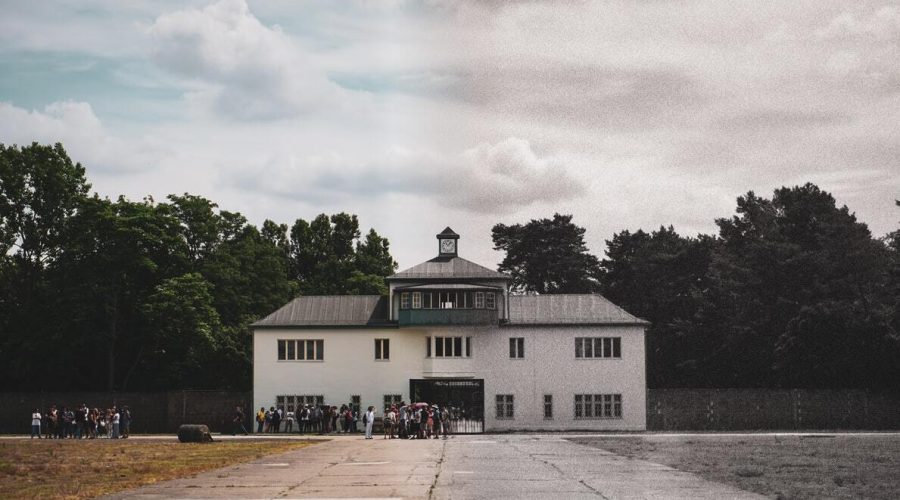How did the Soviet Union Build the Berlin Wall?
The Berlin Wall, the wall of division once used during the Cold War, was built by the Soviet Union to partition East and West Berlin. This blog post explains how the Soviet Union built infamous barrier.
1. The Background
In order to understand the building of Berlin Wall we have to know the background for it. After World War II, Germany was occupied by four war zones controlled by the United States, the Soviet Union, Great Britain and France.
However, tensions between the Soviet Union and the Western Allies began to rise, and as a result, the capital of Germany, Berlin, was divided into four sectors as well. East Berlin was technically under the Soviet Union, the other sectors were propped up by the Western powers.
2. The Decision to Build
East Germany, by the 1950s, was suffering with the accelerating economic challenges that arose from a huge flow to the richer West Germany. To stop this large problem the Soviet Union built a physical barrier, that blocked East Germans from escaping to the West.
The establishment of the Berlin Wall was officially sanctioned by the East German government working with Soviet authorities, on August 12, 1961.
3. The Construction Process
The building of the Berlin wall happened almost in the dead of night and with military efficiency and utmost secrecy. It was carried out in several phases:
Phase 1: Barbed Wire Fence
On the night of August 12, 1961, East German troops and police started establishing barbed wire along the whole 155-kilometer (96-mile) stretch of the border between East and West Berlin. This first phase was about setting the border and stopping illegal entry.
Phase 2: Concrete Wall
After the installation of the barbed wire fence, as a result of a combination of intensity and safety a solid concrete wall was placed. 3.6 meters (12 feet) high and over 150 kilometers (93 miles) long the wall was reinforced with concrete slabs, steel mesh, and watchtowers to further make nerve agents escape impossible.
Phase 3: Enhancements
In time, the Berlin Wall was improved in an effort to prevent future escape. They included shot guard towers and spy vehicle traps and more profound security disparity measures.
4. The Impact
The nightly life in West Berlin, which after one weekend changed overnight, remains vivid.
- Divided Families: The wall uprooted families and their friends, who were no longer allowed to cross without government approval.
- Lack of Freedom: The wall curtailed the movement of East Berliners and prevented them from getting to more satisfying opportunities and standards of living in the West.
- Escaping Efforts: All sorts of ambitious souls attempted to escape, employing reckless schemes like digging tunnels or flying homemade hot-air balloons.
5. The Fall of the Wall
It was nearly thirty years into a division when the Berlin Wall eventually fell on November 9, 1989. After six years of division between East and West, this event brought an end to an important era in German history.
The Berlin Wall came down due to massive demonstrations, political reform and eventual demise of the Eastern Bloc.
Tip: Further Reading
If you wish to learn more about the Berlin Wall’s story, then I would urge you to read materials such as “The Berlin Wall: A World Divided, 1961-1989” written by Frederick Taylor and “Iron Curtain: The Crushing of Eastern Europe 1944-1956” by Anne Applebaum.
Learning about how the Berlin Wall was erected by the Soviet Union provides insight into the time period and in the environment in which it existed. The wall remains a moving reminder of what happens when people are divided and is a powerful symbol for a world without walls.
Table of Contents



